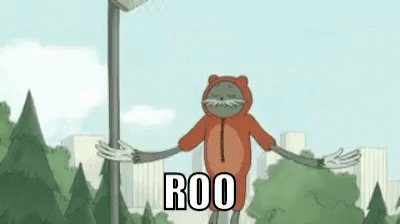Two ways for traders to claim origin under the EU-UK deal:
1⃣ Self-certification by the exporter (standard) – normally requires an authorisation, I’m hearing that might not be needed for UK-EU trade – waiting for guidance or more info
/2

Brief rules of origin guidance now available - doesn't cover the easements or retrospective claims - just the basic information: the two ways of certifying origin under the UK-EU deal and how to put the claim through via CHIEF and CDS https://t.co/14Up1y44OI
— Dr Anna Jerzewska (@AnnaJerzewska) December 28, 2020

On the current trajectory, I think this is likely to be the map of Europe of 2030. pic.twitter.com/65i1A8CiP8
— Ben Judah (@b_judah) January 1, 2021






